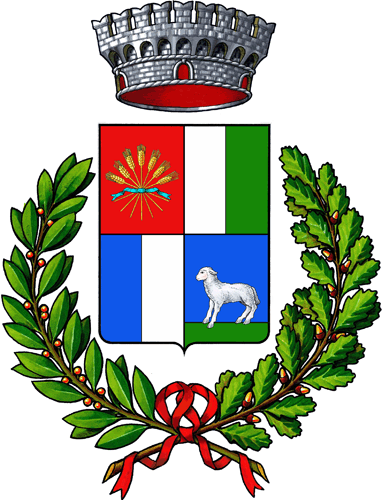The name of the town, already mentioned in the 13th century, can be traced back to the Sardinian mandara and Latin mandra, which mean “cattle pen. An area inhabited since pre-Nuragic and Nuragic times because of the presence in the territory of some giants’ tombs and some nuraghi, in the Middle Ages it belonged to the Giudicato of Cagliari and was part of the curatoria of Siurgus, of which it was chief town after Siurgus. At the fall of the Giudicato (1258) it passed to the Pisans and then to the Aragonese, who made it a fief granted in the 14th century to the Carroz. The town, which in 1355 had sent its representatives to the parliament convened in Cagliari by King Peter IV the Ceremonious of Aragon, declined in the 15th century. Together with other towns that had belonged to the curatoria it formed a marquisate, which in 1604 was transformed into a duchy, known precisely as the Duchy of Mandas. The first duke of Mandas was Pietro Maza de Carroz, appointed by King Philip III of Spain, who died without heirs three years later. From the Mazas the lordship then passed to the Tellez-Giron family. The last duke was Pedro Tellez-Giron of Alcantara, and the town was redeemed to the latter in 1839 with the abolition of the feudal system.
The village of Mandas is mentioned, as a stop on one of his trips to Italy, by British writer David Herbert Lawrence in his 1921 book Sea and Sardinia (“Sea and Sardinia”).



